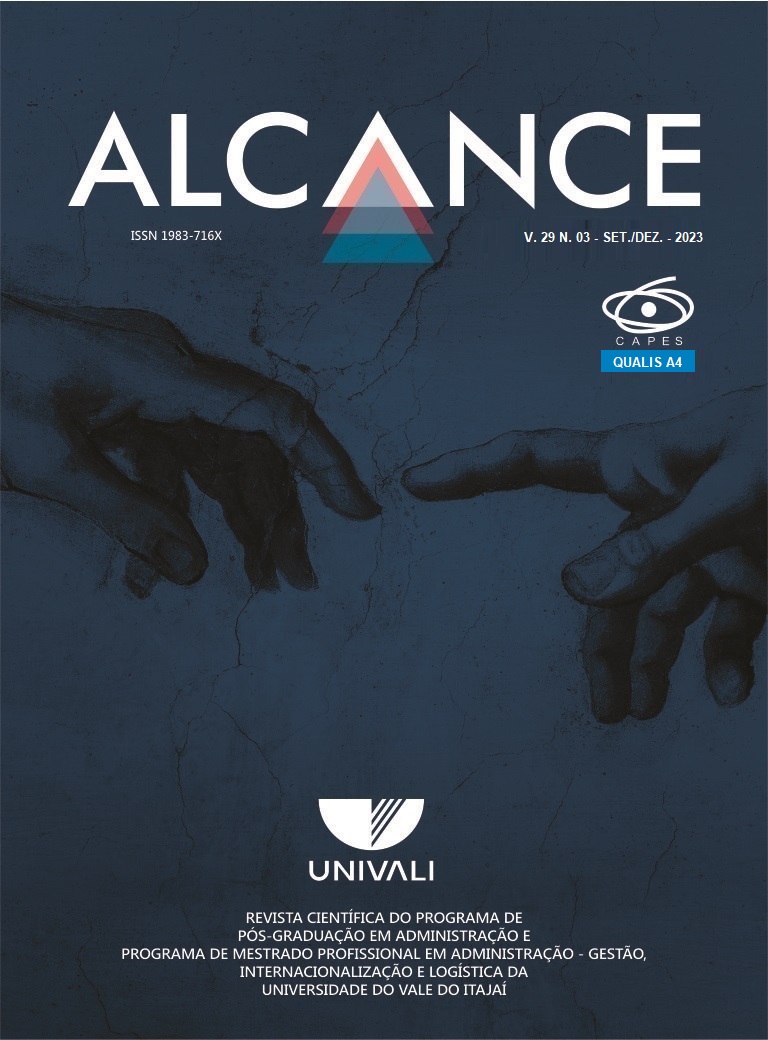

Dilema: El caso retrata la difícil decisión de la familia de Alfredo de donar o no los órganos del fallecido. Esta decisión está influenciada por la calidad de los servicios brindados por el hospital a la familia, así como por la capacidad de los profesionales de primera línea para tratar con la familia en un momento tan delicado. Jorge, coordinador del Centro Estatal de Trasplantes (CET), necesita actuar para incrementar el número de “sí” a las donaciones de órganos de donantes fallecidos. ¿Pero qué hacer? ¿Cómo desarrollar las competencias de los profesionales que trabajaron en CET? ¿Cómo mejorar la calidad de los servicios prestados a las familias de los posibles donantes?
Objetivo educativo: El caso fue redactado con el objetivo pedagógico de trabajar en el aula el concepto de calidad en los servicios y la importancia de las personas para la prestación de servicios de calidad en contextos adversos y de alto contacto.
Contextualización: El dilema se da en el hospital donde está internado Alfredo, con muerte encefálica.
Tema principal: concepto de calidad en los servicios y la importancia de las personas para la prestación de servicios de calidad, en contextos adversos y de alto contacto.
Público: estudiantes de posgrado - formación ejecutiva, maestría o doctorado.
Originalidad / valor: La originalidad del caso se debe a que se discuten conceptos de gestión de la calidad del servicio en contextos adversos y de alto malestar emocional, como es el caso de la donación de órganos de donantes fallecidos.




Ali, M. (2018). How patients perceive healthcare services: A case of Ayub Teaching Hospital, Abbottabad – Pakistan. SERV Service QUAL Quality. International Journal of Healthcare Management, 11(1), 52-59.
Berry, L., Danaher, T., Chapman, R., & Awdish, R. (2017). Role of kindness in cancer care. Journal of Oncology Practice, 13(11), 744-751.
Carlzon, J. (1994). A hora da verdade. Rio de Janeiro: Cop.
Chang, H. and Wang, Y. (2011) 'Assessing the Performance of e-Health Service', Paper Presented at the 2011 International Joint Conference on Service Sciences, 25-27 May 2011. Taipei, Taiwan.
Donabedian, A. (1980). Explorations in quality assessment and monitoring: The definition of quality and approaches to its assessment (pp. 77-125). Ann Arbor, MI: Health Administration Press.
Donabedian, A. (1988). The quality of care. How can it be assessed? JAMA, 260(12), 1743-1748.
Fuentes, P., Bravo, M., & Guillén, M. (2019). Calidad asistencial percibida y satisfacción de las personas sordas con la atención primaria de un Área de Salud de la Región de Murcia. Enfermería Global, 18(2), 303-312.
Guedes, M., & Araujo, C. (2020). Perceived Quality of Hospital Services from the Perspective of Doctors and Patients: An Integrative Model. Latin American Business Review, 1-20.
Grönroos, C. (1984). A service quality model and its marketing implications. European Journal of marketing, 18(4), 36-44.
Grönroos, C. (2000). Creating a relationship dialogue: communication, interaction and value. The marketing review, 1(1), 5-14.
Guglielmetti Mugion, R., Musella, F., Di Pietro, L. and Toni, M. (2020) 'The “service excellence chain”: an empirical investigation in the healthcare field', The TQM Journal, (ahead-of-print).
Heskett, J. L., Jones, T. O., Loveman, G. W., Sasser, W. E., & Schlesinger, L. A. (1994). Putting the service-profit chain to work. Harvard business review, 72(2), 164-174.
Kaldenberg, D.O. and Regrut, B.A. (1999) 'Do satisfied patients depend on satisfied employees? Or, do satisfied employees depend on satisfied patients?', QRC Advis, Vol. 15 No. 7, pp. 9-12.
Kotler, Philip. Administração de marketing. 5° ed. São Paulo: Atlas, 1998
Nieto, D., Villa, A., & Delgado, C. (2018). Instrumentos para evaluar la calidad percibida por los usuarios en los servicios de salud. Revista Gerencia y Políticas de Salud, 17(34).
Parasuraman, A., Zeithaml, V. A., & Berry, L. L. (1985). A conceptual model of service quality and its implications for future research. Journal of marketing, 49(4), 41-50.
Parasuraman, A., Zeithaml, V. A., & Berry, L. (1988). SERVQUAL: A multiple-item scale for measuring consumer perceptions of service quality. 1988, 64(1), 12-40.
Parasuraman, A., Zeithaml, V. A., & Berry, L. L. (1994). Reassessment of expectations as a comparison standard in measuring service quality: implications for further research. Journal of marketing, 58(1), 111-124.
Ribeiro, J., & Poles, K. (2019). Cuidados paliativos: prática dos médicos da estratégia saúde da família. Revista Brasileira de Educação Médica, 43(3), 62-72.




Derechos de autor 2023 Revista Alcance
Esta obra está bajo una licencia internacional Creative Commons Atribución 4.0.






La Revista Alcance es una revista brasileña de libre acceso, con publicación cua-trimestral, vinculada al Programa de Posgrado en Administración y Programa de Maestría Profesional en Administración - Gestión, Internacionalización y Logística de la Universidade do Vale do Itajaí – Univali. Buscamos publicar artículos de traba-jos teóricos-empíricos y tecnológicos en las áreas de Administración. Diferentes perspectivas teóricas y metodológicas son bienvenidas, desde que sean consisten-tes y relevantes para el desarrollo del área.

